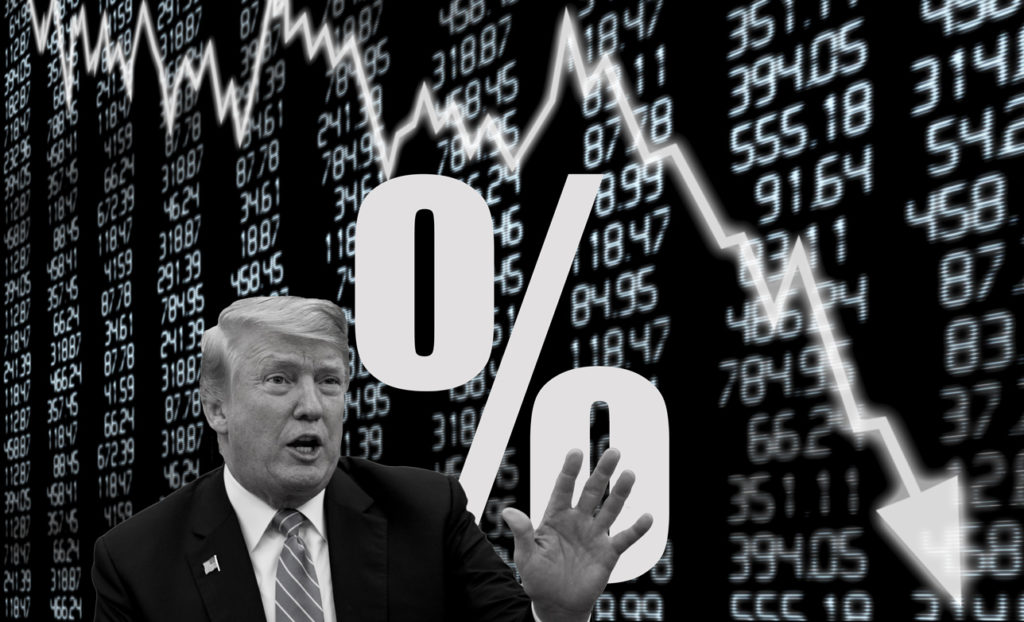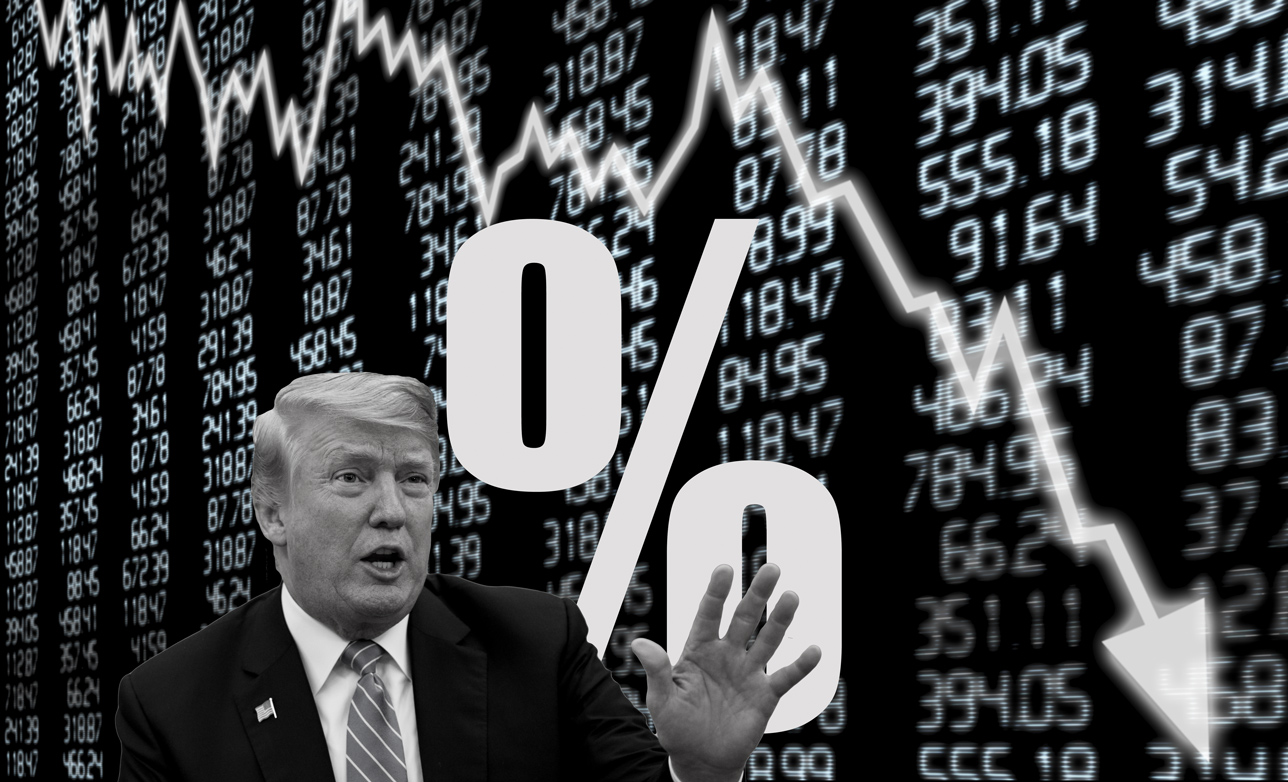
Stocks decline a day after Trump gave the markets a jolt of optimism…
Truth is, no one knows why stocks bounce one day and collapse the next. Yesterday, the reduction in trade war tensions, due to the postponement of a tariff increase, was credited with the surge in market prices.
Today, all major indices are down around 3%, while the VIX, known as the “fear index” spiked 20% higher, and there are plenty of factors that may have set the sell-off in motion:
This time, it’s the inversion of the yield curve that is given the blame, primarily, for the Dow Jones Industrial Average being down, at the end of Wednesday’s session, over 800 points. Asleep yet?
Don’t worry, this won’t take long:
The Mysterious Yield Curve, Deconstructed
When shorter dated bonds, bonds that “mature” sooner, have higher yields (pay a higher percentage in interest) than longer dated ones, that’s an inverted yield curve. Inverted, because, it is not “normal” to be paid more for taking less risk, that is to say, holding a bond for a shorter period of time. Also, it’s not logical.
Unless, in theory, people are seeing the near term risk as higher than the long term one. Which, honestly, may or may not be accurate, but perception is all and all.
And this is not the first inversion lately. For several months, since March, the 3-month yield rose above the 10-year, then again in July and has remained so. However, today it’s the 2-year vs. the 10-year, and it is considered the “main” pair, and that’s what got the ball rolling down hill.
Extremes are also a concern. For example, the 30-year Treasury yield dropped to it’s lowest rate ever at 2.05%.
And, to top it all off, the snowball begins to roll when the 2-year vs. 10-year curve inverts, particularly due to the history of what happens after this phenomena occurs.
The R word. Yes, recession. Not sometimes. Always. At least so far.
Not necessarily right away. The first inversion prior to the 2008 financial crisis was in December of 2005. However, according to the Fed Bank of Cleveland, a recession can generally be expected approximately one year after the yield curve inverts.
Trump Goes Berserk. Blames Fed Chairman and the “Crazy” Curve!
Does this guy sound worried?
Germany and China Numbers and That Pesky Trade War that Tariff-man loves so much
Ok, that’s pretty much the bond story. Other factors weighing on stock prices? There’s that pesky trade war with China which, yesterday’s jubilation notwithstanding, is not over. Not by a long shot.
Then, in came the news that Germany’s GDP contracted for the first time in ten years. What has been called the “Golden Decade” for the mighty Teutonic economy, the world’s 4th largest, is now officially at an end.
This, again, ties back to the trade wars as Germany is an export driven economy and exports to the US and China, (who, as we know are locked in their battle over trade) primarily and mainly cars. Car sales, particularly in China, are very weak. In China the sales figure have gone down for the last 13 months.
Also in China, industrial production, it was announced, in July of 2019 was weaker than for the same month in 2018. Still a positive number, mind you, at 4.8%, but the lowest growth percentage in 17 years.
Other economic numbers for the Chinese economy, also announced today, were weak in many key segments. Retail sales were less than expected and unemployment is on the rise. All in all, a gloomy report for what has been the rising star on the world stage in terms of growth.
Plenty of Triggers, not many Rainbows
So, if we are looking for reasons why people in the stock markets, generally, might be in the mood to sell, we can point to these factors, not to mention political dangers in Asia with the ongoing Hong Kong protests, and tension.
Although sometimes people sell just to sell (often politely called “profit taking”) this appears to be something else.
Also, while it is too early to say that any positive effect will arise in trade talks, with the US and China both feeling weaker and therefore more accommodating, that is, at least one possible silver lining.
Another is that, for the first time in all recorded history of the bond market, the inversion might not lead to a recession, after all.
Find books on Big Tech, Sustainable Energy, Economics and many other topics at our sister site: Cherrybooks on Bookshop.org
Enjoy Lynxotic at Apple News on your iPhone, iPad or Mac and subscribe to our newsletter.
Lynxotic may receive a small commission based on any purchases made by following links from this page.
